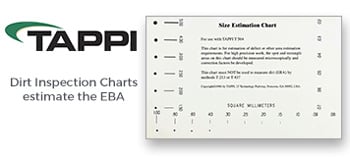Liquid plasma polymerization process for improved deinkability of pigmented inkjet digital printed paper, 2012 TAPPI PEERS Conference

Please Note: This document will be available in PDF format in the "My Electronic Documents" link on the home page once your order has been completed. Please make sure you have the latest version of Acrobat Reader. Click on the Acrobat Reader icon to check for the latest version, it’s FREE. To print a hardcopy of a PDF file correctly you must have a postscript printer. If you are not sure if your printer is a postscript printer please refer to your owner’s manual.
Purchase of electronic (downloadable) documents made at www.tappi.org by credit cards, followed by instant download CANNOT be cancelled. We do not offer refunds on electronic download documents.
A novel treatment method has been developed to improve deinkability of inkjet-printed paper which uses a liquid phase plasma to treat dilute pulp slurries. This method has been shown to effectively increase the particle size of pigmented inkjet inks by up to 1000 times in pure ink solutions at concentrations up to 1 g/L. Using this treatment method during flotation may increase the removal of pigmented ink particles. Additionally, the treatment method has been shown to increase the brightness of recycled 100% inkjet-printed newsprint from and ISO brightness of 48.8% to 51.8%. The treatment method is also able to improve three of the characteristics important in determining the deinkability score of ink. The ink elimination of the inkjet-printed newsprint was improved to 40.5%, which is above the threshold for ONP defined by INGEDE. The luminosity was also improved from 56.5 to 58.2 by the liquid phase plasma treatment, and the ink area was improved by reducing the total ink area from 84.3 to 46.6 mm2/m2. Additionally, the treatment method had a negligible effect on the color a*, which was already in the optimal deinking range. However, the treatment method has been shown to increase the filtrate darkening of the inkjet-printed paper.





